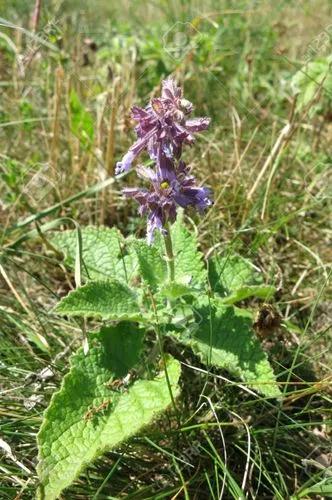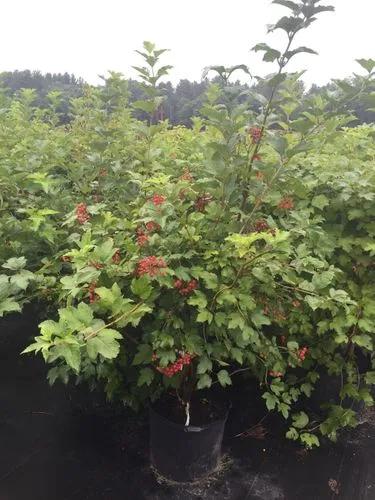It is a plant species of the genus Medicago. It is found throughout the northern Mediterranean. It is native to the northern Mediterranean and has been introduced in Australia and North America. The North American collections are only from California, Oregon, and Massachusetts, where it was collected in the waste area of a nineteenth-century wool carding factory.
Early Medic Care
Medicago praecox



Decumbent or ascending annual, ± pubescent; branches to 50 cm long. Leaves 3-foliolate; leaflets obcordate to obovate; terminal leaflets 5.5–12 mm long, 5–13 mm wide, toothed towards apex, without darker marks; stipules deeply incised, hairy on lower surface.
Inflorescences 1- or 2-flowered; peduncle shorter than subtending petiole. Calyx teeth shorter than tube. Corolla yellow; standard 2–3 mm long; keel longer than wings.
Pod cylindrical to truncate-conical, 4–5.5 mm long, 4–5 mm diam., coils 2.5–4, radial veins 8–12 per coil, lateral veins present, separated from dorsal suture by a narrow deep groove; spines 10–12 in each row, 2–3 mm long; seeds 3–6.
This plant is useful.
How to get rid of: Can be controlled with postemergent herbicides. The best herbicide to use depends upon the species. Warm-season turfgrasses such as bermudagrass, zoysiagrass, and kikuyugrass will tolerate products containing mecoprop and dicamba but not triclopyr. Cool-season turfgrasses will tolerate all of the herbicides that control medic. The herbicide 2,4-D is not effective for medic control; it will injure the plant but does not control it. Also can be easily controlled by hand-pulling, hoeing, or cultivation.
Discover more plants with the list below
Popular articles






